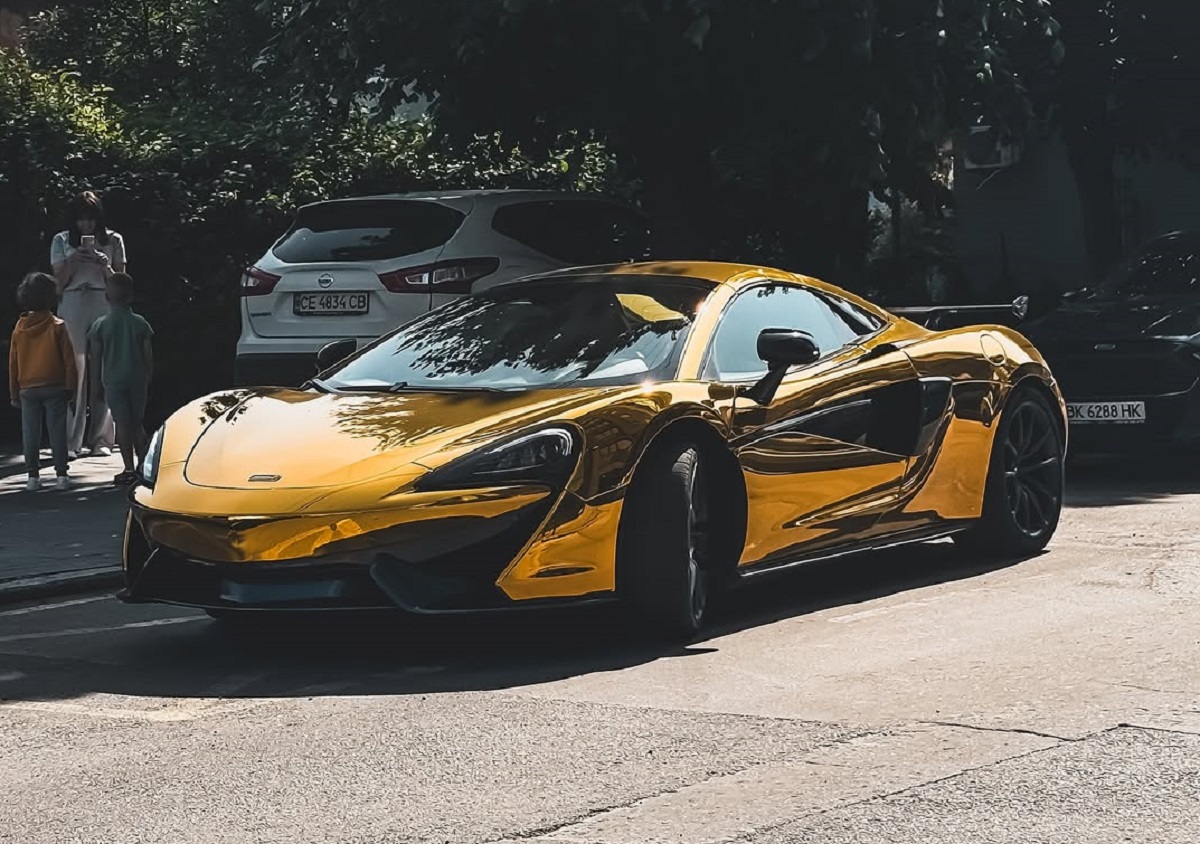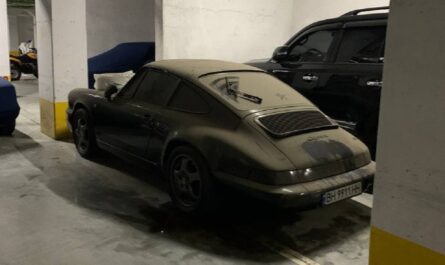BMW E39 M5: How the V8 Replaced the Turbocharged Inline-Six
The E39 M5 is considered one of the best BMW models in history. Its balanced proportions, naturally aspirated V8, and restrained design have received recognition even decades after its debut. However, few people know that this car could have received a completely different engine.
During development, options with a turbocharged inline-six or even a V6 were seriously discussed. However, these ideas were never realized due to technical and financial limitations.
The Complex Engine Choice
In a 50-year retrospective, BMW revealed details of the E39 M5’s development. The then head of the M division, Karlheinz Kalbfell, preferred inline-six engines, considering them the “heart of BMW”.
“Kalbfell believed that a V8 was something American, too big and wasteful,” recalled Rich Brekus, former head of product planning at BMW NA.
Engineers faced a problem: the old 3.8-liter S38 had reached its development limit, and creating a new powerful six-cylinder would require too much time and money for the small production run of the car.
The Victory of the V8
As a result, BMW decided to upgrade the V8 M62, increasing its displacement, adding a new intake system, and raising its rev limit. This is how the S62 was born – one of the best engines in the brand’s history.
“We wanted to create a sports car for gentlemen, and the V8 was the natural choice,” explained project manager Alex Hildebrandt.
This engine became one of the main reasons for the success of the E39 M5, providing a smooth, linear power delivery that defined the model’s character. Even today, this car remains a benchmark for sports sedans.
Interestingly, the decision to use the V8 was made under time pressure – development delays had already reached two years, and further postponements would have made the project unprofitable. A historical example of how technical limitations sometimes lead to unexpectedly successful decisions.


 by
by 
